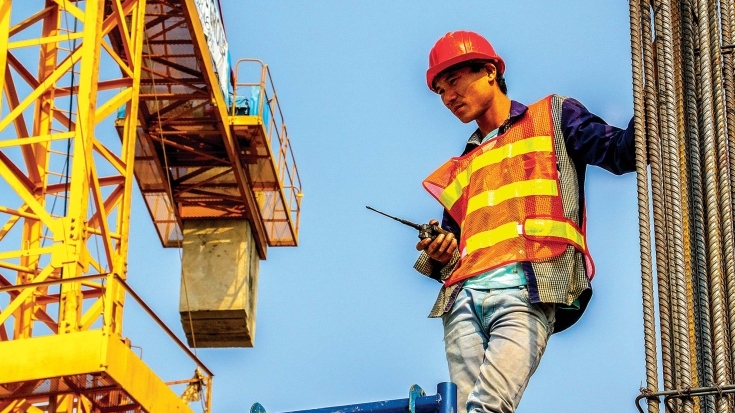Key findings:
- Lao PDR has enjoyed real annual GDP growth averaging over 7% in the last two decades, mostly on the development of natural resource based industries. The contribution of resource industries has grown significantly over this period, a trend that is expected to continue.
- However, the country’s rapid growth has masked the costs of a still largely unreformed business enabling environment. Significant aspects of the investment climate remain characterized by not enough transparency and predictability for investors.
- The Enterprise Survey shows that inadequate workforce skills has emerged as the top constraint to private sector expansion – almost 20% of firms surveyed said that this was a serious constraint. Corruption and crime ranked second and third respectively, with about 15% ranking each as a major constraint. About 13% of firms reported that electricity, trade regulations and tax rates were serious problems.
- Firms in Lao PDR stand out from those in neighboring countries in one important area: they are far more likely to complain that not enough workers are applying for jobs, even the low-skilled jobs. The key problem is that the jobs on offer are not sufficiently attractive, in terms of the wages and working conditions being offered, to attract migrants out of subsistence agriculture.
- Productivity is estimated to be about half what would be expected for a country at this level of development. There has been almost no observable growth in labor productivity during the last decade. In addition, labor costs per worker which include wages, salaries and bonuses have experienced a 70% increase between 2009 and 2012, but without growth in productivity.
- Policy makers in Lao PDR face two different options. Business as usual which continues the current principally natural resource extraction model, with limited growth in diversified sectors and a focus on “megaprojects.” Or, an alternative approach to reform the business enabling environment by improving transparency and predictability. This new approach will require the following policy actions:
- Greater efforts to streamline and simplify transactions costs.
- A public commitment to transparency in all aspects with which the state engages with the private sector.
- Much fuller commitment to the establishment of a rule-of-law state.
- Greater certainty and consistency with the way that the private sector is taxed.
- Increased incentives for firm-level investment in education and skills.
- Accept that significant skills gaps will remain in the private sector for the considerable future, and ensure that gaps can be filled quickly and efficiently with imported skills.
- Deeper investments in backbone infrastructure and services for competitiveness, but on an affordable basis.
- Modernize the financial sector as a key support base for private sector development.
- Ensure macroeconomic stability as a prerequisite for broad based job creation and private sector development.
